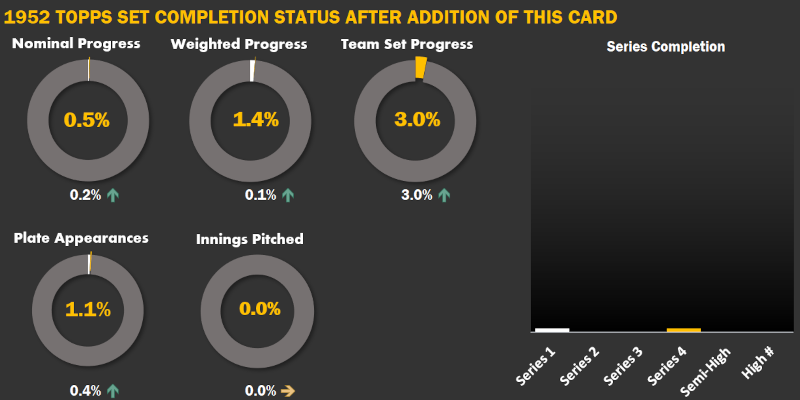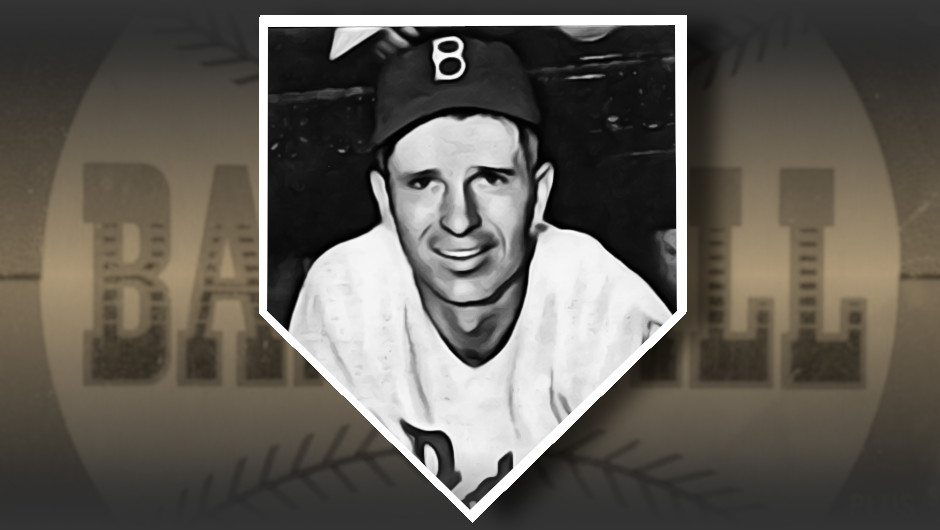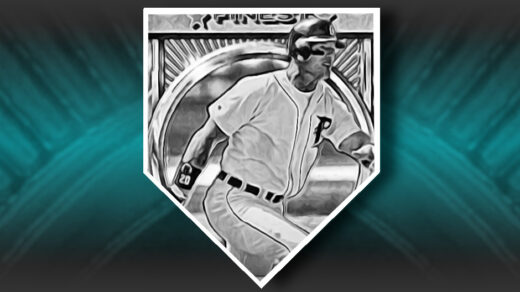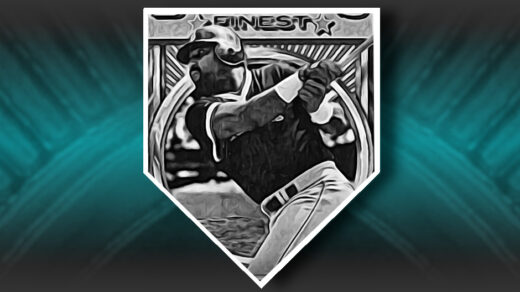The trade deadline is a big deal in baseball. It sets rosters in preparation for the post season, keeping playoff-bound teams as somewhat reasonable facsimiles of what they looked like earlier in the year. Roster rules tighten as the playoffs commence with teams having to name all players who will be eligible to participate. A few extra players are present in case of emergencies but the rosters are otherwise fixed. Baseball made an exception for a single plate appearance in the 1945 World Series.
Chicago Cubs catcher Clyde McCullough had been with the team since 1940. Like many of his generation he was called into military service and missed significant playing time as a result. This included the entirety of the 1944 and 1945 regular seasons, though he was discharged in time to see his Cubs reach the World Series in ’45. The Cubs petitioned the commissioner’s office to allow him to join the post season roster and was granted permission to do so despite not having played a game since 1943. McCullough made one appearance in Game 7 where he went down on strikes. This was the series in which the infamous “curse of the billy goat” began, potentially making him its first Cubs victim.
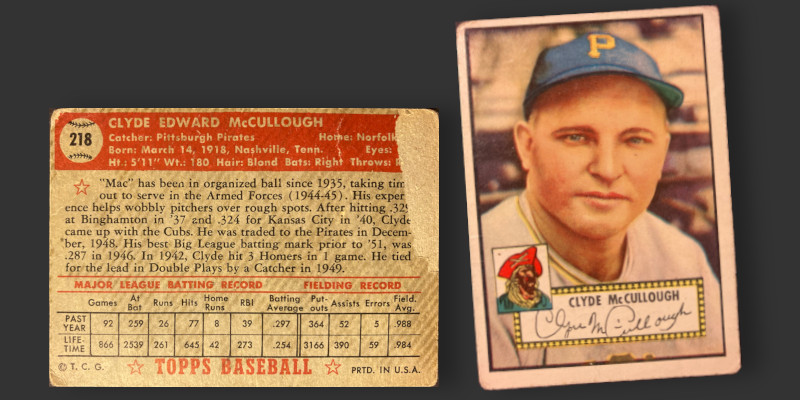
Clyde McCullough was the second card added to my in-process ’52 Topps set. Paper loss on the back made the card extremely affordable while the image on the front remains undamaged. I am hoping to find no short supply of cards like these during this project.
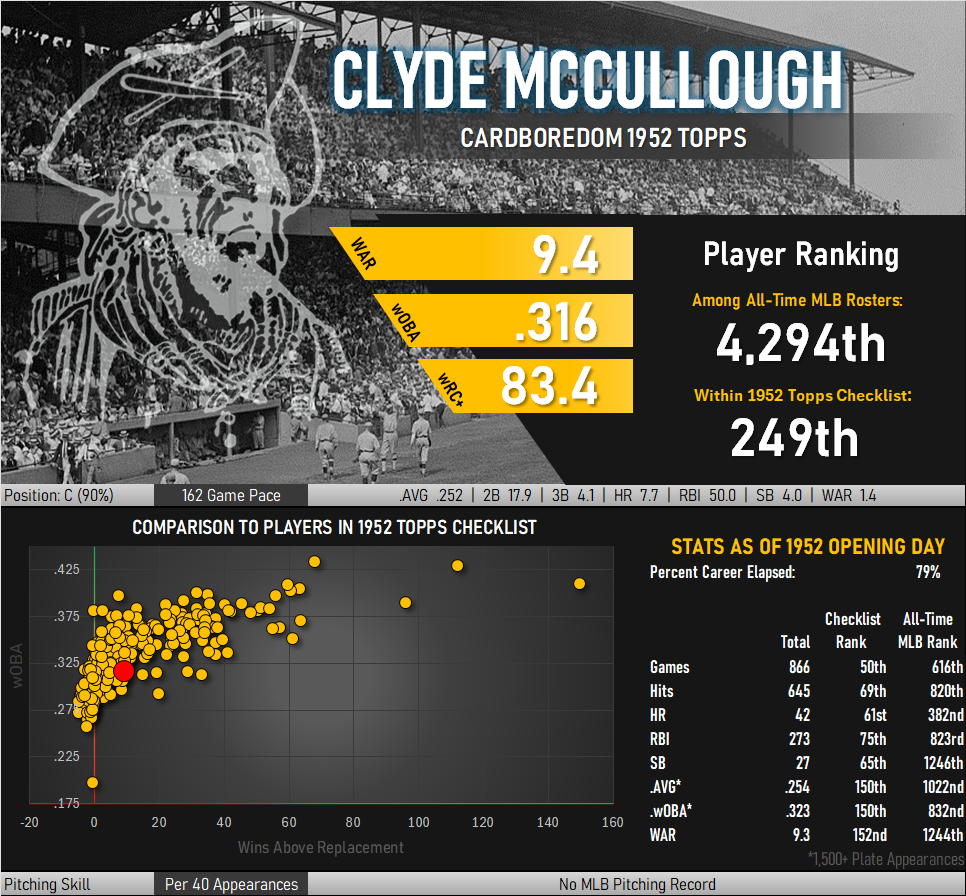
A fairly middle of the pack player in the 1952 Topps set, most of McCullough’s career took place in an era with limited baseball card variety. He appeared on a few issues in the early 1950s and my favorite has to be his 1951 Bowman card #94. The card uses a painting rather than a photograph and he is portrayed in an action pose in his catching gear. The background shows the Pirates’ favorite Spring Training facility in California, complete with the distinctive wooden fence that marked the field’s boundary.

